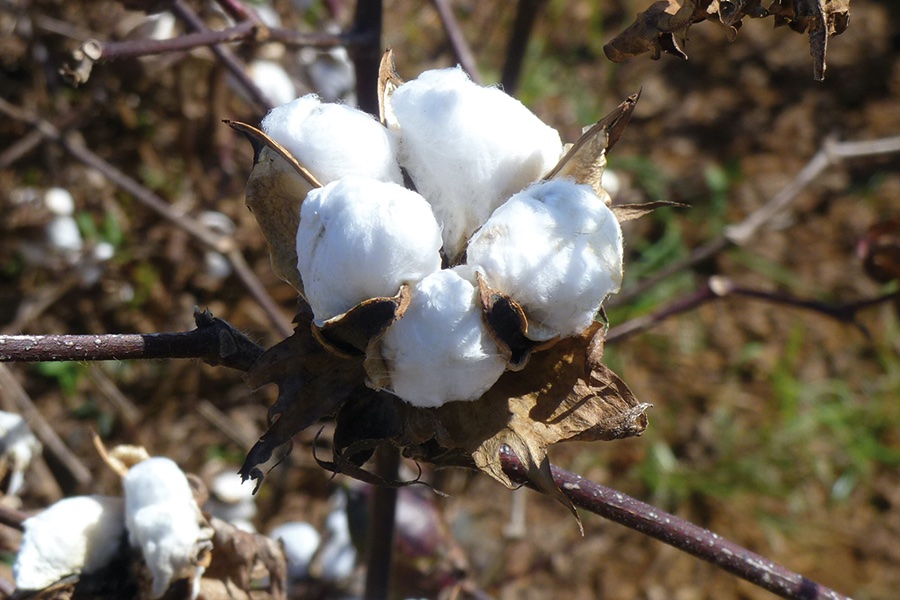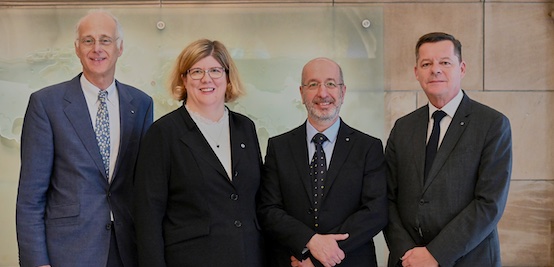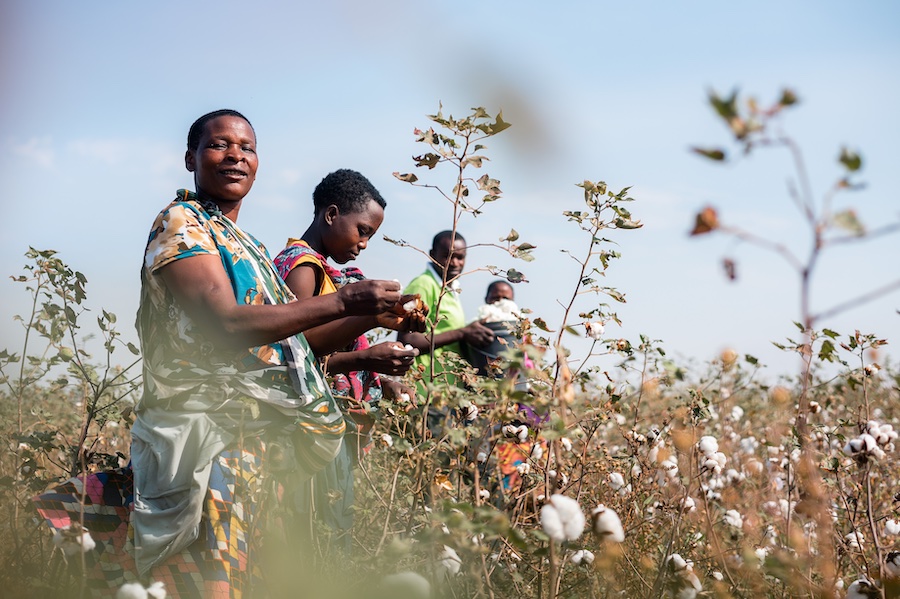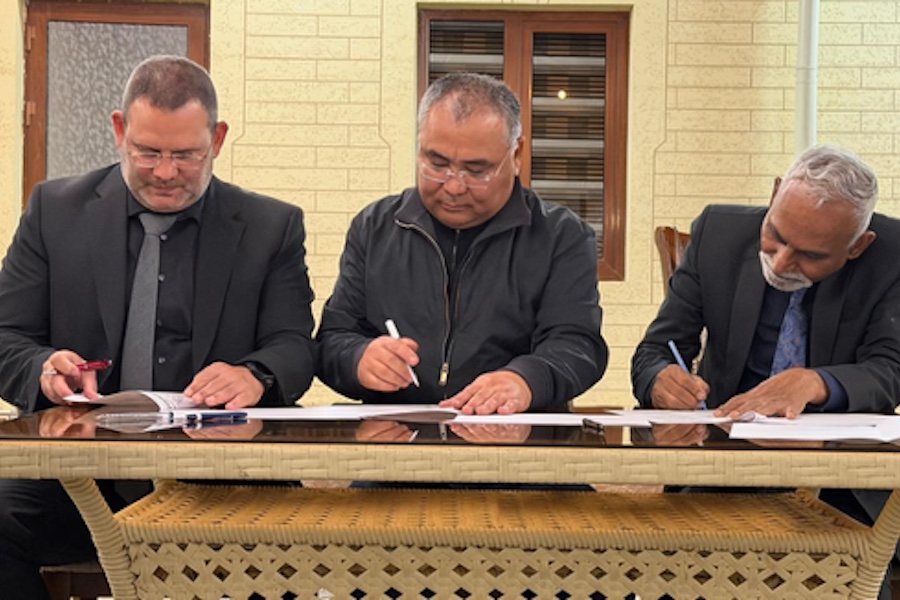#Raw Materials
Breeding and cotton production: Progressive cotton farming works like this

- Genetic Engineering Today
- Robot and Satellite Technology in Practice
- Pure Agriculture: Seed Cultivation, Growing, Ginning
Wherever we look, transparency is being demanded along for the entire supply chain. Today, knowledge about cotton and its cultivation is not only important for raw material producers and the textile sector, but also increasingly for retail, as the key to the end consumer. Here, the conference has a lot to offer during two sessions in the afternoon on 17 March.
Robots and Satellite Technology in Cotton Cultivation
Gaylon Morgan, Director of Agricultural and Environmental Research at Cotton Incorporated, Cary, North Carolina, USA, is a specialist in the further development of cotton cultivation methods and leads the conference sessions “Cotton Breeding and Production”. The sessions provide an overview of developments in the field of seed breeding, the use of robots and satellite technology in cotton cultivation and the improvement of ginning processes. The focus is on both ecological and economic sustainability.
Long-Term GMO Study
David Albers, Product Development Manager for Bayer Crop Science in St. Louis, Missouri, USA, provides information on the results of a long-term study on the use of transgenic seeds. This compares yield and quality results from the 1980s, i.e. those directly before the introduction of transgenic seeds, with those from four decades later until today.
Status Quo of African Seed Breeding Systems
Marc Giband, Research Associate at the Agricultural Research Centre for International Development (CIRAD) in Montpellier, France, has taken part in seed breeding projects in West and Central Africa. Together with other African and European scientists, he was involved in extensive analyses of the state of seed breeding development in Africa. The cotton yields on the continent are still well below the world average and there is still great potential here.
Robot Technology is Changing Modern Agriculture
Alex Thomasson is Professor and Department Head of Agricultural and Biological Engineering at Mississippi State University, USA. In his lecture “Robot technology for the cotton harvest” he presents the possibilities of using robots that make the harvesting process more productive and reduce CO² emissions by using fewer large machines. For example, robot harvesters can perform multiple harvesting procedures within the growing season, during which they only access the ripe, open cotton buds. This reduces crop losses and ensures better fibre quality.
In addition, a poster presentation by Cotton Incorporated draws attention to robots that are used for targeted weeding in the cotton field, which can influence the use of herbicides.
Satellite Images Reveal Plant Growth Problems
Physicist Sabrina Melchionna is the owner of Remote Sensing, Bremen, Germany. She advises companies on ground observation through satellites and data acquisition. Based on satellite data, digital maps are created that provide ecological status images. In her lecture, she presents examples of ground observation images of cotton fields that provide information about plant health and growth. The information from the satellite data can help farmers to work in a resource-optimised manner and to offer higher-quality crops.
Optimising Ginning Processes
In the ginning process, cotton fibres are mechanically separated from the seeds after harvest. Greg Holt heads the Cotton Production and Processes Research Department at the US Department of Agriculture, Lubbock, Texas. In his lecture he shows that contamination by cotton wrapped in plastic can be traced back to round modules deposited in the field after the machine harvest. If the smallest plastic particles remain in the cotton, this leads to defects in the dying of yarns and fabrics, and thus to complaints in the event of product failure.
Carlos B. Amijo from the Agricultural Research Service of the US Department of Agriculture (USDA) in Mesilla Park, New Mexico, provides information on the development of ginning techniques that help ensure that the fibre length uniformity index achieved meets the requirements of newer and more efficient spinning technology. This would provide the textile industry with longer and more uniform fibres, making yarn production more efficient.




canva-900-1.jpg)










